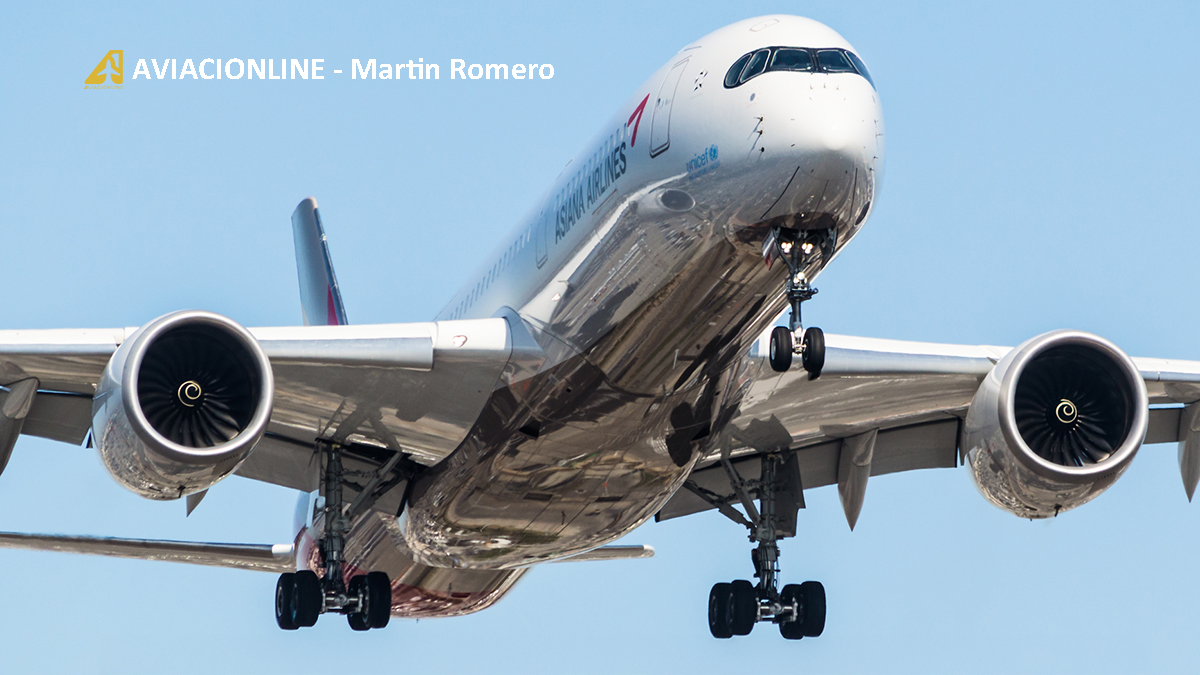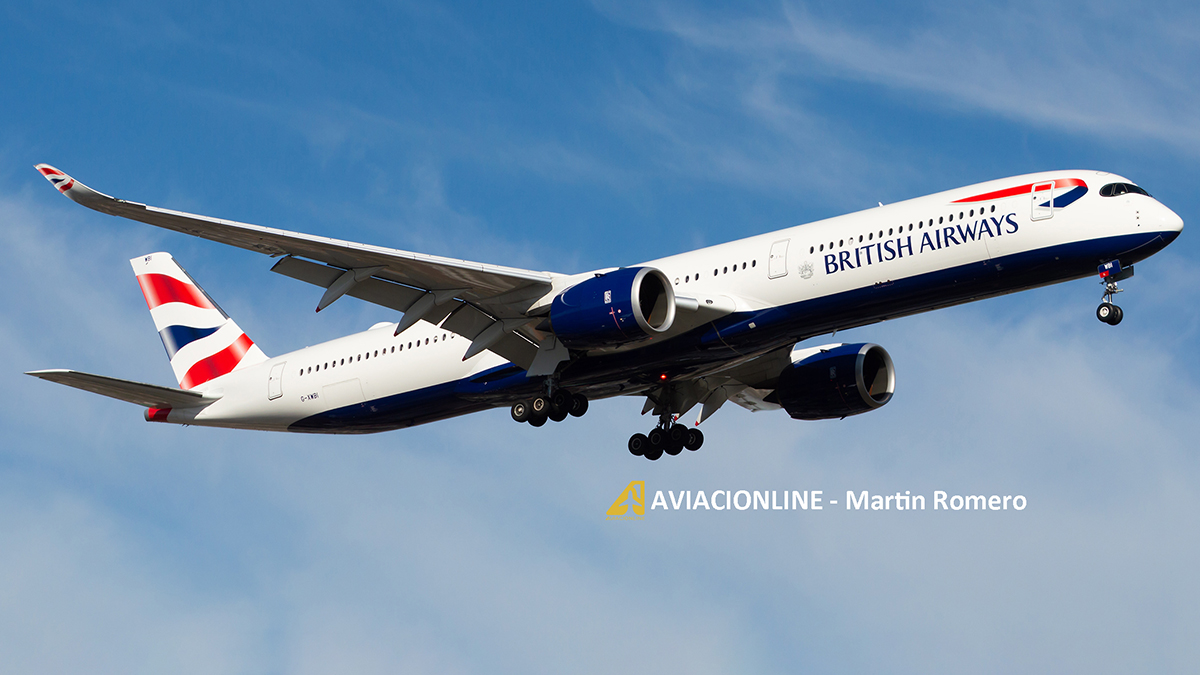Airbus A350 XWB: A Decade of Success and Innovation in Wide-Body Aircraft
Airbus commemorates the 10th anniversary of the A350 XWB, its revolutionary wide-body aircraft launched with Qatar Airways in 2015. With over 1,300 orders and groundbreaking innovations, the A350 family has set new standards in long-haul efficiency and versatility.
Airbus celebrated the first ten years of commercial operations of the A350 XWB (Extra Wide Body), the wide-body aircraft that first flew on June 14, 2013, and entered service on January 15, 2015, with Qatar Airways, the program's launch customer. As of now, the program has secured 1,344 firm orders, with 642 already delivered to customers.
The A350 program was announced in 2006 as a direct response to Boeing's launch of the 787 Dreamliner. Initially, Airbus proposed an enhanced version of the A330. However, after being rejected by potential customers, the company completely redesigned the project, introducing a new wide-body aircraft capable of reducing operating costs by 8% compared to the 787.
The redesigned aircraft was introduced as A350 XWB, highlighting its "extra wide body." Qatar Airways placed an initial order for 80 units across the three proposed variants, becoming the program's launch customer.
The first commercial flight of the A350 occurred on January 15, 2015, connecting Doha and Frankfurt. The inaugural aircraft, registered as A7-ALA, was delivered to Qatar Airways on December 22, 2014.
The Airbus A350 Variants
Airbus initially designed three variants for the A350 family: A350-800, A350-900, and A350-1000, tailored to meet different operational needs. However, not all achieved equal commercial success.
A350-800
The A350-800, intended to carry up to 270 passengers in three classes as a direct replacement for the A330, was canceled due to low demand. Airbus instead prioritized the A330neo, featuring new Rolls-Royce Trent 7000 engines and aerodynamic enhancements.
A350-900

The A350-900 emerged as the program's most successful variant. To date, Airbus has received 989 orders for this model, delivering 548 units, of which 547 are currently operational. One aircraft was lost in an accident in Tokyo when a Japan Airlines A350-900 collided with a Dash 8-300 from the Japanese Coast Guard. Thanks to an efficient evacuation, no fatalities occurred.
With a range of 15,000 kilometers, the A350-900 reduces fuel consumption by 30% and operating costs by 25% compared to the Boeing 777-200ER. It is powered by Rolls-Royce Trent XWB-75 engines.
A350-900 ULR
The ultra-long-range (ULR) variant, introduced in 2018 with Singapore Airlines as the launch customer, features aerodynamic upgrades and an optimized fuel system. With a range of 18,000 kilometers and a maximum takeoff weight (MTOW) of 280 tons, this version can carry additional fuel without supplemental tanks.
A350-1000

The largest variant, the A350-1000, accommodates up to 350 passengers in a typical three-class configuration or up to 480 in high-density layouts. Its range of 15,560 kilometers was achieved after increasing its MTOW to 322 tons. Airbus has received 300 orders for this model, delivering 94 units to date.
A350-1000 ULR
Exclusively designed for Qantas' Project Sunrise, the A350-1000 ULR will perform flights lasting up to 22 hours. It includes an additional rear fuel tank and a unique cabin configuration for ultra-long-haul routes. The first deliveries are expected by mid-2026.
A350F
The A350F is the cargo version of the family, based on the A350-1000 fuselage. Launched in 2021, it offers a payload capacity of 111 tons with a range of 8,700 kilometers. Air Lease Corporation has ordered seven units, Starlux recently added five, and Singapore Airlines will be the launch operator. Deliveries are set to begin in 2026.

/https://aviacionlinecdn.eleco.com.ar/media/2023/10/1698312339546.jpg)
Para comentar, debés estar registradoPor favor, iniciá sesión